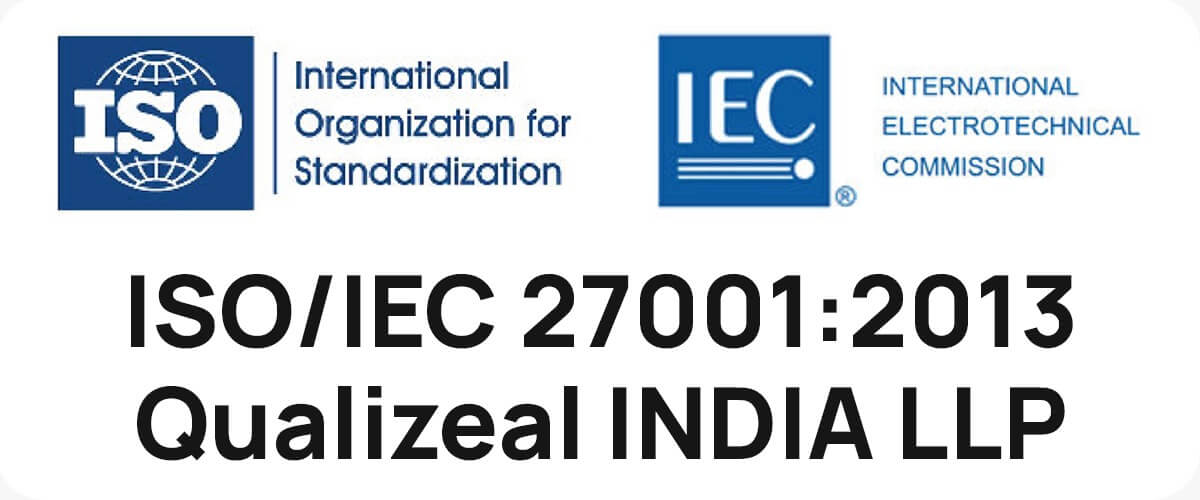Embracing Digital Transformation To Meet Digitization Goals In 2022

Digital transformation represents the most significant business and organizational change of our time. It is a change from companies offering products and services to clients to an era when enterprises transform their perspectives to fully capitalize on what technology has to offer. Thanks to digital transformation, organizations can now provide value in novel, previously inconceivable ways.
Digital transformation is challenging. Before launching into the next great thing, careful thought and preparation are required. At first glance, achieving this could seem complicated and expensive, but those aren’t requirements. To be successful when it comes time to make judgments on new technology, you need to be aware of where your company is right now.
In-depth information about what digital transformation comprises, why it’s crucial, how to prepare for it, and how to successfully guide your organization through it is provided in this article.
How does digital transformation work?

Utilizing digital technologies for changing company paradigms is known as “digital transformation.” Evolutionary change is not transformation.
Organizations must adopt new approaches to using technology and ways of conducting business as part of the digital transformation process. Ensuring your business stakeholders find the apps useful is just as crucial as creating creative apps. Companies need innovation to stay current, but they also require digital transformation since the pace of change in the modern world is so quick that lagging would fail. We can create solutions specifically designed for solving their challenges by closely examining how organizations function and researching how people behave when they utilize technology.
Organizations must be ready and prepared to adapt as technology evolves rapidly in today’s world. New procedures need to be implemented. This frequently entails abandoning established corporate procedures in favor of more recent ones, which are still being defined by society as a whole yet have the potential for tremendous success.
The way businesses communicate with their customers is changing due to digital transformation. Digital transformation has affected businesses in various ways, one of which is enabling workers to work remotely. By utilizing an online platform, digital transformation has also allowed companies to interact with customers more directly.
Digital transformation is not a one-size-fits-all project.
To be successful, your corporation must adopt new technologies and modifications to its internal business procedures and corporate culture. As a result, many people working on these projects frequently believe they can perform “X” without considering what else needs to be changed to ensure there won’t be any complications or problems later (which could happen).
The truth is that if your success depends on changing into an increasingly digital economy, differentiating yourself from rivals becomes essential.
Why Do Businesses Undergo Digital Transformation?

Businesses aim to increase their revenue. Maximizing revenue and reducing costs are the two most important aspects of running a successful business.
Thanks to digital transformation, businesses may accomplish this with the least amount of work possible. Through automated marketing solutions, tracking website traffic and user interactions with the aid of digital analytics, using social media for customer service outreach, producing goods at a lower cost thanks to 3D printing technologies, and optimizing supply chain procedures with the aid of intelligent IoT applications, it assists businesses in better handling their customers.
A large portion of the operational work is transferred to firms that have embraced the impending digital revolution, changing them from simple “operating system” providers to partners of their clients who help them accomplish their own profitability goals.
Types of Digital Transformation

Digital transformation can be categorized into three types. They are:
- Business process transformation
- Business model transformation
- Organizational/cultural transformation
Business process transformation
Business process transformation results in significant and noticeable changes. Businesses can accomplish their strategic objectives and improve performance over time thanks to the evolution of business processes.
Business process transformation aims to dramatically increase effectiveness, agility, and efficiency to gain a sustainable competitive edge. It is done by creating new processes with a high level of electronic automation, using the most recent technologies, or incorporating new technologies like cloud computing, which makes the ideal organizational platform for greater levels of business excellence and increased productivity.
Business model transformation
Changing a company’s existing business model to one that will be viable in the future is known as business model transformation. The information technology (IT) division used to be a cost center. It is now expected to be a revenue generator and an enabler for innovation and operational excellence as business models have changed to one of more open and collaborative approaches. As a result, you must decide which business model to employ: top-down, which involves understanding strategic objectives, or bottom-up, which consists in understanding what is happening in the trenches.
Organizational/cultural transformation
Aligning digital transformations with the company’s culture and values is essential for success. Employees will lose initiative or feel that they can’t make a difference at work if a firm loses faith in its corporate culture, leading to a decline in productivity. Adopting digital technology is essential for success; a poor adoption rate could result in missed goals, eventually resulting in lost money and brand value.
The goal of digital transformation goes beyond merely streamlining processes and boosting productivity. It’s also a chance to change how we cooperate, communicate, and work together to achieve tremendous success.
It is significant to emphasize that digital transformation goes beyond digitalization in this context.
Digital transformation is frequently viewed as being accomplished through the use of simple tools or techniques. We must consider everything from our business models down to digitization when considering digital transformation.
How QualiZeal Can Help You Achieve Digital Transformation?

Every firm is built on its business procedures. They specify how you handle all aspects of your business, including hiring and onboarding new staff, producing and delivering goods, and monitoring and collecting customer payments.
For everyone participating in the process, manually performing these operations is a big-time waster. Humans make mistakes all the time because, well, we’re just human!
By automating your business operations, QualiZeal helps you save weekly hours and reduce errors by up to 80%. This allows you to invest more time in expanding your company rather than squandering it on menial activities. A simple drag-and-drop interface is also available to you so that any team member can develop new automated workflows within minutes.

Conclusion
In today’s industrial scenario, you need to be prepared for the digital change the world is undergoing. But how can you tell if your business is ready? By outlining six processes for completing a complete digital transformation, we’ll assist in making that assessment straightforward. Download our free PDF to evaluate the level of readiness of your business first. Don’t forget about QualiZeal, either.
Even if your firm isn’t quite there yet, one of our team members is ready to provide you with a free trial of our well-liked suite of products so you can get started right now.












